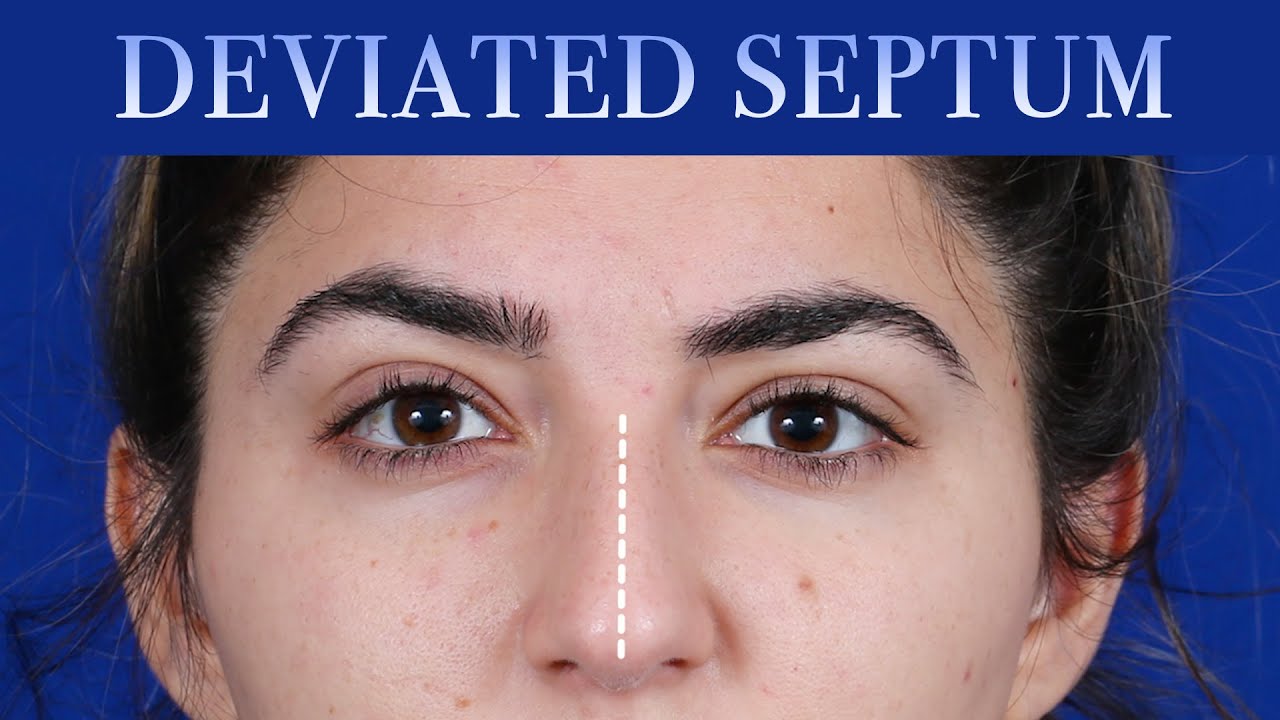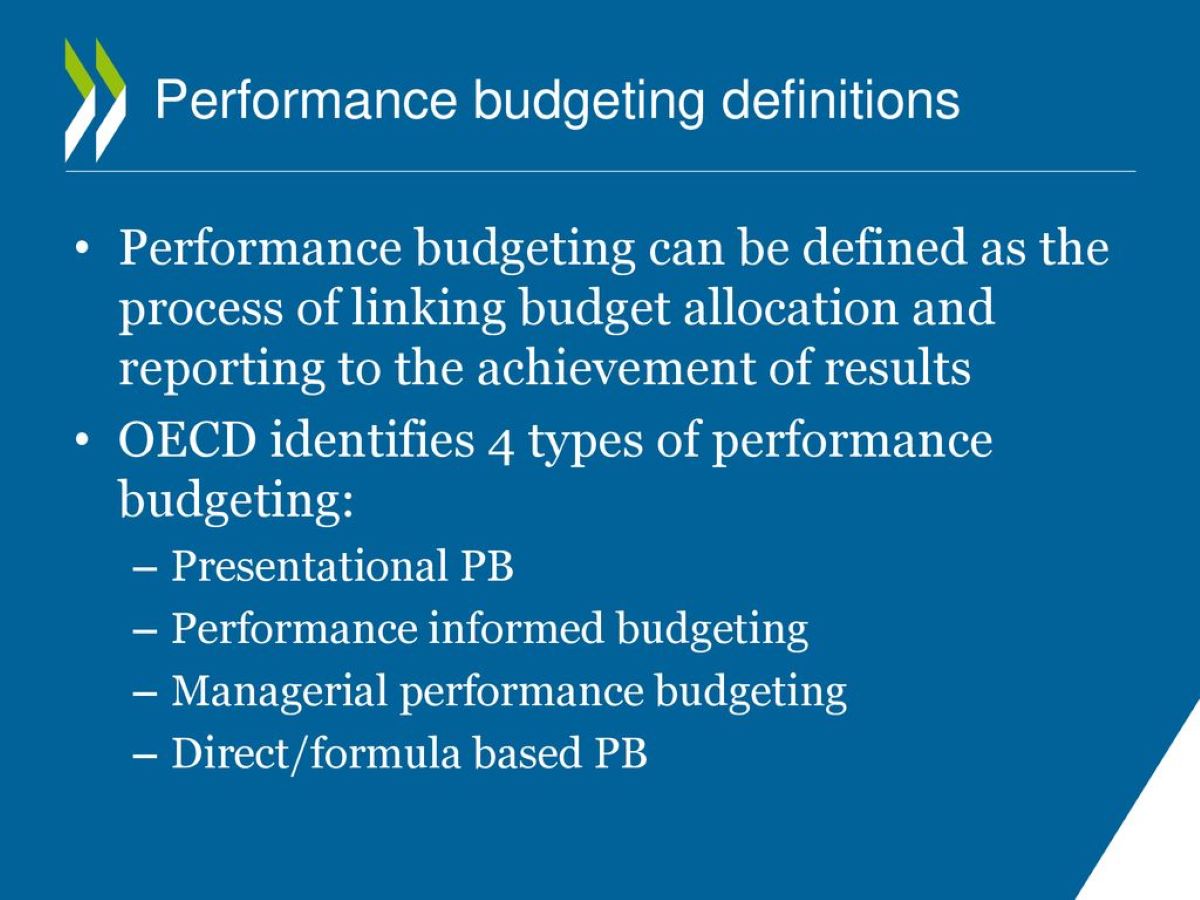

Finance
How Much Does Top Surgery Cost With Insurance?
Modified: February 21, 2024
Looking for affordable top surgery options? Discover how much it costs with insurance coverage. Finance your journey towards gender-affirming surgery today!
(Many of the links in this article redirect to a specific reviewed product. Your purchase of these products through affiliate links helps to generate commission for LiveWell, at no extra cost. Learn more)
Table of Contents
Introduction
Welcome to our comprehensive guide on the cost of top surgery with insurance. Top surgery, also known as chest reconstruction surgery, is an important step in gender-affirming surgery for transgender and non-binary individuals. It involves altering the chest to align with an individual’s gender identity, typically through procedures such as breast augmentation or mastectomy.
Undergoing top surgery can be a life-changing experience, enabling individuals to feel more comfortable and confident in their bodies. However, the cost of the procedure can be a significant barrier for many people. That’s where insurance coverage comes into play. Understanding how insurance can help offset the cost of top surgery is crucial for those considering this important step in their transition process.
In this guide, we will explore the role of insurance in top surgery, including the types of coverage available and the factors that can affect the overall cost. We will also provide insights into average costs with insurance and offer tips on how to navigate insurance coverage effectively.
It is important to note that the cost of top surgery can vary significantly based on a variety of factors, including the specific procedure performed, the surgeon’s experience and reputation, the geographical location, and the individual’s insurance coverage. Additionally, insurance plans can differ in the extent of coverage and the specific requirements for eligibility.
While insurance coverage can help alleviate the financial burden, it is important to have a clear understanding of the terms and conditions of your specific plan. Knowing what is covered, what is not covered, and any out-of-pocket expenses you may incur will help you plan and budget accordingly.
So, let’s dive into the world of top surgery and insurance coverage, and gain a better understanding of how insurance can play a pivotal role in making this transformative procedure more accessible.
Understanding Top Surgery
Top surgery is a type of gender-affirming surgery that involves modifying the chest to align with an individual’s gender identity. It is commonly performed on transgender men, non-binary individuals, and some transgender women who wish to remove breast tissue. The specific procedures involved in top surgery can differ depending on the individual’s desired outcome and their current anatomy.
For transgender men seeking a more masculine appearance, the most common top surgery procedure is bilateral mastectomy with chest contouring. This involves removing breast tissue and excess skin, as well as reshaping the chest to create a more masculine contour. In some cases, nipple grafting may also be performed to create a more natural appearance.
On the other hand, transgender women may undergo breast augmentation surgery as part of their transition. This involves the insertion of breast implants to enhance the size and shape of the breasts, creating a more feminine appearance.
Non-binary individuals may opt for a variety of procedures based on their individual preferences and needs. Some may choose a more extensive chest reconstruction surgery, similar to bilateral mastectomy, while others may opt for a less invasive procedure such as liposuction to create a flatter chest.
It is important to note that top surgery is considered a major surgical procedure and should only be performed by experienced and qualified surgeons. Prior to undergoing surgery, individuals are typically required to undergo a thorough evaluation by a mental health professional to ensure they have a clear understanding of the risks, benefits, and expectations of the procedure.
Furthermore, it is crucial for individuals considering top surgery to have a support network and access to resources that can provide guidance and information throughout the process. Connecting with transgender support groups, reaching out to healthcare providers knowledgeable in transgender healthcare, and seeking advice from other individuals who have undergone top surgery can be invaluable in making informed decisions and preparing for the procedure.
Now that we have a foundational understanding of what top surgery entails, let’s explore the role of insurance in covering the costs of this transformative procedure.
The Role of Insurance in Top Surgery
Insurance coverage plays a crucial role in making top surgery more accessible and affordable for individuals seeking gender-affirming care. While not all insurance plans cover top surgery, many have recognized the importance of this procedure in improving the well-being and quality of life for transgender and non-binary individuals.
Insurance coverage for top surgery can vary significantly depending on the specific insurance plan, the type of surgery being performed, and the individual’s healthcare needs. Some insurance plans may cover the entire cost of top surgery, while others may cover only a portion or have specific criteria that must be met for coverage to be provided.
The first step in understanding your insurance coverage for top surgery is to review your insurance policy or contact your insurance provider directly. Look for specific language regarding transgender healthcare, gender-affirming procedures, or coverage for surgical treatments related to gender dysphoria. Understanding the terms and conditions of your policy will help you navigate the coverage process with confidence.
It is essential to note that insurance coverage for top surgery may require certain criteria to be met. This can include obtaining appropriate referrals from licensed medical professionals, documenting the diagnosis of gender dysphoria, and complying with specific criteria outlined by the insurance company. Some insurance plans may also require individuals to undergo a certain period of hormone therapy or counseling before coverage is extended.
Working closely with your healthcare provider and a knowledgeable gender-affirming care team can help ensure that you meet all the necessary criteria for insurance coverage. They can assist you in gathering the required documentation, navigating the authorization process, and advocating on your behalf with the insurance company.
In some cases, insurance plans may provide coverage for top surgery but require individuals to use specific providers within their network. This means that you may need to find a surgeon who is in-network with your insurance plan to maximize your coverage benefits. It is important to research and identify surgeons who have experience with top surgery and are covered by your insurance plan.
It is essential to be aware that insurance coverage for top surgery may not cover all related expenses. There may be out-of-pocket costs such as deductibles, co-pays, and co-insurance that you will need to consider. Additionally, some insurance plans may place limitations on the types of procedures covered or may only cover a portion of the surgeon’s fees.
Now that we have explored the role of insurance in covering the costs of top surgery, let’s delve into the factors that can affect the overall cost of the procedure.
Factors Affecting Cost
The cost of top surgery can vary significantly due to several factors that influence the overall expenses associated with the procedure. Understanding these factors is crucial in estimating the potential cost and planning for the financial aspects of top surgery. Here are some key factors that can affect the cost:
- Type of Surgery: The specific type of top surgery being performed can have an impact on the cost. Different procedures, such as bilateral mastectomy with chest contouring or breast augmentation, have varying complexities and associated costs.
- Surgeon’s Experience and Reputation: The expertise and reputation of the surgeon can influence the cost. Highly experienced surgeons or those with a well-established reputation may charge higher fees for their services.
- Geographical Location: The cost of top surgery can also vary depending on the geographical location. Areas with a higher cost of living or limited access to specialized healthcare providers may have higher overall expenses.
- Preoperative Evaluations and Tests: Prior to surgery, individuals may need to undergo preoperative evaluations, including lab tests and medical imaging. These additional tests can incur additional costs.
- Anesthesia and Facility Fees: Anesthesia and facility fees are usually separate from the surgeon’s fees and can contribute significantly to the overall cost of top surgery.
- Postoperative Care and Follow-up: The cost of postoperative care, including follow-up visits, medications, and potential complications, should also be considered in the overall budget for top surgery.
- Insurance Coverage: The extent of insurance coverage for top surgery can greatly impact the out-of-pocket expenses. Insurance plans may cover some or all of the procedure’s costs, depending on the plan’s specific coverage policies.
It is important to consider these factors and discuss them with your healthcare provider and insurance company to get a clear picture of the potential costs of top surgery. Additionally, reaching out to different surgeons and obtaining detailed cost estimates can help you make informed decisions and budget accordingly.
Now that we have explored the factors that can influence the cost of top surgery, let’s dive into the different types of insurance coverage available for this procedure.
Types of Insurance Coverage
When it comes to insurance coverage for top surgery, there are several types of insurance plans that may provide varying levels of coverage. Understanding these different types of coverage can help you determine the extent to which your insurance plan may assist with the cost of top surgery. Here are the common types of insurance coverage you may encounter:
- Medical Insurance: Traditional medical insurance, such as employer-sponsored plans or individual plans, may provide coverage for top surgery. The coverage may vary based on the specific plan and the individual’s policy. It is crucial to review your insurance policy or contact your insurance provider to determine the coverage details.
- Medicaid: Medicaid is a government program that provides healthcare coverage for individuals with limited income and resources. Some states have expanded Medicaid coverage to include transgender healthcare, including top surgery, if specific criteria are met. Eligibility requirements and coverage details may vary by state.
- Medicare: Medicare is a federal health insurance program primarily for individuals aged 65 and older. It may also cover individuals under the age of 65 with certain disabilities. Medicare provides coverage for medically necessary procedures, and in some cases, top surgery may be considered medically necessary. Coverage will depend on the individual’s specific circumstance and Medicare plan.
- Transgender Surgery Exclusion Reversal: Some insurance companies have recognized the need for gender-affirming care and have reversed their transgender surgery exclusions. This means that they now provide coverage for top surgery and other gender-affirming procedures. It is important to check with your insurance company to see if they have updated their policies in this regard.
- State Mandates and Regulations: Some states have implemented laws and regulations that require insurance companies to cover transgender healthcare, including top surgery. These state mandates can impact the availability and extent of coverage for top surgery. Research the laws of your state to understand if there are specific requirements in place.
- Employer-Specific Coverage: Employer-sponsored insurance plans can vary in terms of coverage for top surgery. Some employers specifically include coverage for transgender healthcare, while others may offer options for additional coverage or have separate coverage options specifically tailored for transgender individuals. Review your employer’s insurance plan or consult with the human resources department to understand the coverage available to you.
It is essential to carefully review your insurance policy and reach out to your insurance provider to understand the specific coverage offered for top surgery. Remember to inquire about any criteria that need to be met, such as referrals or documentation, to ensure eligibility for coverage.
Now that we have explored the different types of insurance coverage, let’s discuss the potential out-of-pocket expenses associated with top surgery.
Out-of-pocket Expenses
While insurance coverage can help offset the cost of top surgery, it is important to be aware that there may still be out-of-pocket expenses that you need to consider. These expenses can vary depending on your specific insurance plan, the type of surgery being performed, and other factors. Here are some common out-of-pocket expenses associated with top surgery:
- Deductibles: A deductible is the amount of money you need to pay out of pocket before your insurance coverage kicks in. If you have not met your deductible for the year, you may be responsible for paying the full cost of top surgery until the deductible is reached.
- Co-pays: Co-pays are fixed amounts that you are required to pay for specific medical services, such as consultations or follow-up visits. Depending on your insurance plan, you may be responsible for paying co-pays for preoperative and postoperative care related to top surgery.
- Co-insurance: Co-insurance refers to the percentage of the cost that you are required to pay even after meeting your deductible. For example, if your insurance plan has a 20% co-insurance requirement, you will be responsible for paying 20% of the cost of the surgery, while the insurance company covers the remaining 80%.
- Additional Tests and Evaluations: Depending on your healthcare provider’s recommendation, you may need to undergo additional tests or evaluations before or after top surgery. These tests, such as lab work or imaging, may have associated costs that you will need to cover.
- Medications: After top surgery, you may be prescribed medications to aid in your recovery. The cost of these medications may or may not be fully covered by your insurance plan, requiring you to pay out of pocket for some or all of the medication expenses.
- Travel and Accommodation: If you need to travel to receive top surgery, you should consider the costs of transportation, accommodation, and related expenses. These additional costs may not be covered by insurance and should be factored into your budget.
Understanding the potential out-of-pocket expenses associated with top surgery is essential for financial planning. Review your insurance policy and communicate with your insurance provider to get a clear understanding of what expenses you may be responsible for.
It is also worth exploring any financial assistance options that may be available to you. Some organizations offer grants, scholarships, or other forms of support specifically for transgender individuals seeking top surgery. Research these options and reach out to relevant organizations to inquire about any financial assistance programs.
Now that we have discussed out-of-pocket expenses, let’s take a look at the average costs of top surgery with insurance coverage.
Average Costs with Insurance
The average cost of top surgery with insurance coverage can vary widely depending on several factors such as the specific procedure, the surgeon’s fees, the geographical location, and the insurance plan itself. It is important to remember that these figures are averages and individual costs can differ significantly. Nonetheless, understanding the typical range of costs can give you a general idea of what to expect.
For bilateral mastectomy with chest contouring, which is a common procedure for transgender men, the average cost can range from $8,000 to $15,000. This cost includes fees associated with the surgeon, anesthesia, and facility, as well as preoperative and postoperative care. Keep in mind that this estimate only covers the surgical aspects of top surgery and does not account for additional costs such as medications or travel expenses.
For breast augmentation surgery, which is often chosen by transgender women, the average cost can range from $5,000 to $10,000. This estimate covers the cost of breast implants, surgeon’s fees, anesthesia, facility fees, and preoperative and postoperative care. Again, additional costs such as medications or postoperative garments may not be included in this estimate.
It is important to note that insurance coverage can significantly reduce these average costs. However, the extent of coverage can vary depending on your insurance plan and its specific policies. Some insurance plans may cover a significant portion of the procedure, while others may cover only a portion of the surgeon’s fees or have limitations on coverage for certain procedures.
To get a more accurate estimate of the costs with insurance coverage, it is recommended to contact your insurance provider and consult with surgeons who are in-network with your plan. They can provide detailed cost breakdowns, including what your insurance will cover and any out-of-pocket expenses you might incur.
Additionally, keep in mind that obtaining prior authorization from your insurance company is typically required before undergoing top surgery. This process involves submitting the necessary documentation and receiving approval from your insurance plan confirming that the procedure will be covered.
Remember, it is crucial to thoroughly review your insurance policy and consult with your insurance provider to gain a clear understanding of the costs associated with top surgery and the coverage provided by your plan.
Now that we have discussed the average costs of top surgery with insurance coverage, let’s explore some tips for navigating insurance coverage effectively.
Tips for Navigating Insurance Coverage
Navigating insurance coverage for top surgery can be a complex and sometimes challenging process. To help you navigate this journey effectively, we have compiled some useful tips to keep in mind:
- Review Your Insurance Policy: Take the time to thoroughly review your insurance policy and understand the specific coverage provided for top surgery. Look for language related to gender-affirming care, transgender healthcare, or coverage for surgical treatments related to gender dysphoria. This will give you a clear understanding of what is covered, what is not covered, and any potential limitations or requirements.
- Know the Criteria for Coverage: Familiarize yourself with the criteria outlined by your insurance company for coverage of top surgery. They may require certain referrals, documentation of gender dysphoria diagnosis, or compliance with specific requirements. Understanding these criteria will help you prepare and ensure you meet the necessary requirements.
- Seek Expert Guidance: Work closely with your healthcare provider and a knowledgeable gender-affirming care team. They can assist you in gathering the required documentation, navigating the authorization process, and advocating on your behalf with the insurance company. Their expertise and experience in dealing with insurance coverage for top surgery will be invaluable.
- Research In-Network Surgeons: If your insurance plan requires you to use in-network providers, research and identify surgeons who are within your insurance network. Look for experienced surgeons with a good reputation for top surgery. Reach out to them to inquire about their experience working with insurance coverage and their familiarity with the requirements of your specific plan.
- Document Everything: Keep thorough documentation of all conversations, emails, letters, and paperwork related to your insurance coverage for top surgery. This includes pre-authorization requests, referrals, and any other communications with your insurance company. Having a record of these interactions will be helpful in case any issues or disputes arise during the coverage process.
- Utilize Support Resources: Connect with transgender support groups, online communities, and advocacy organizations specializing in transgender healthcare. These resources can provide valuable guidance, support, and additional information about insurance coverage for top surgery.
- Plan for Out-of-Pocket Expenses: Even with insurance coverage, there may be out-of-pocket expenses such as deductibles, co-pays, or co-insurance. Budget accordingly and be prepared for these expenses. Research financial assistance programs that may be available to help offset some of the costs.
- Be Patient and Persistent: Dealing with insurance companies can sometimes be frustrating, but it is important to stay patient and persistent. Keep communication lines open, follow up on any outstanding matters, and stay proactive in advocating for yourself and your coverage.
Remember, each insurance plan is different, and navigating the coverage process may require time and effort. Stay informed, keep open lines of communication, and seek support when needed. Your healthcare provider and a knowledgeable gender-affirming care team can play a vital role in guiding you through the insurance coverage process.
Now that we have explored some tips for navigating insurance coverage, let’s wrap up our comprehensive guide on the cost of top surgery with insurance.
Conclusion
Top surgery is a significant and transformative step in the gender-affirming journey for transgender and non-binary individuals. However, the cost of top surgery can be a major barrier for many people. Thankfully, insurance coverage can help alleviate some of the financial burden associated with this life-changing procedure.
In this comprehensive guide, we have explored the various aspects of the cost of top surgery with insurance. We have discussed the different types of top surgery, the role of insurance in covering the expenses, the factors that can affect the cost, the types of insurance coverage available, the out-of-pocket expenses to consider, the average costs with insurance, and provided tips for navigating insurance coverage effectively.
Understanding your insurance coverage, knowing the criteria for coverage, and being proactive in your approach can enhance your chances of obtaining the financial support you need for top surgery. By reviewing your insurance policy, reaching out to your insurance provider, and seeking guidance from healthcare professionals and support networks, you can navigate the coverage process with confidence.
It is important to remember that while insurance coverage can significantly reduce the cost of top surgery, there may still be out-of-pocket expenses. Budgeting for these additional expenses and exploring financial assistance options can help you plan accordingly.
Lastly, we encourage you to consult with experienced surgeons who specialize in top surgery and have a deep understanding of insurance coverage. Their expertise can guide you through the surgical process and ensure that you receive the best possible care.
Top surgery is not only a physical transformation but also a powerful step towards self-acceptance and living authentically. By understanding the cost of top surgery with insurance, you can take control of your journey and make informed decisions that align with your needs and aspirations.
Always remember that you are not alone in this process. Seek support, surround yourself with understanding individuals, and keep advocating for your health and well-being. With the right knowledge and guidance, you can navigate the path to top surgery and embark on a transformative and affirming chapter of your life.














